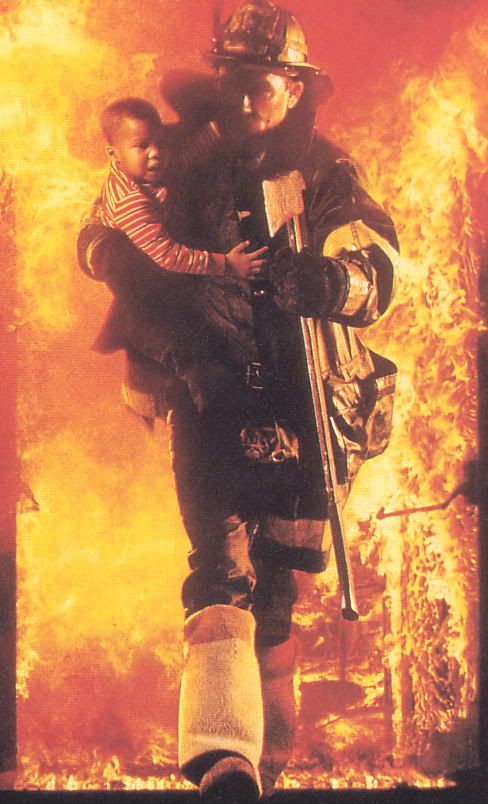PrettySquareGal
I'll Lock Up
- Messages
- 4,003
- Location
- New England
Interesting article:
For generations, firefighters’ first priority on arriving at a burning home was to “ventilate” the house — opening the roof and smashing the upper windows to let smoke escape. They had, on average, 17 minutes to get anyone inside out of the building before they succumbed to smoke inhalation.
But modern construction and furnishing materials are changing the game for rescuers. In today’s fires, the synthetic materials used in walls and furniture burn hotter and faster, leaving firemen with only four or five minutes of rescue time.
Read more: http://newsfeed.time.com/2012/07/14/hotter-and-faster-how-to-fight-a-modern-fire/#ixzz2B5hhkjCh
I didn't see asbestos mentioned in the article; I wonder how much that contributed to the results.
In any case it's another good reason to live and buy vintage!
For generations, firefighters’ first priority on arriving at a burning home was to “ventilate” the house — opening the roof and smashing the upper windows to let smoke escape. They had, on average, 17 minutes to get anyone inside out of the building before they succumbed to smoke inhalation.
But modern construction and furnishing materials are changing the game for rescuers. In today’s fires, the synthetic materials used in walls and furniture burn hotter and faster, leaving firemen with only four or five minutes of rescue time.
Read more: http://newsfeed.time.com/2012/07/14/hotter-and-faster-how-to-fight-a-modern-fire/#ixzz2B5hhkjCh
I didn't see asbestos mentioned in the article; I wonder how much that contributed to the results.
In any case it's another good reason to live and buy vintage!



